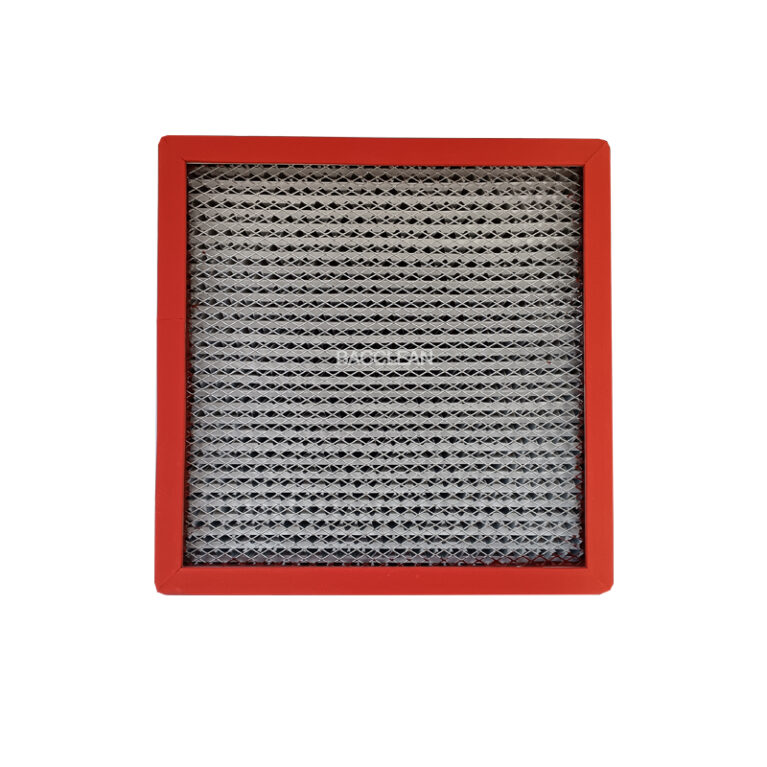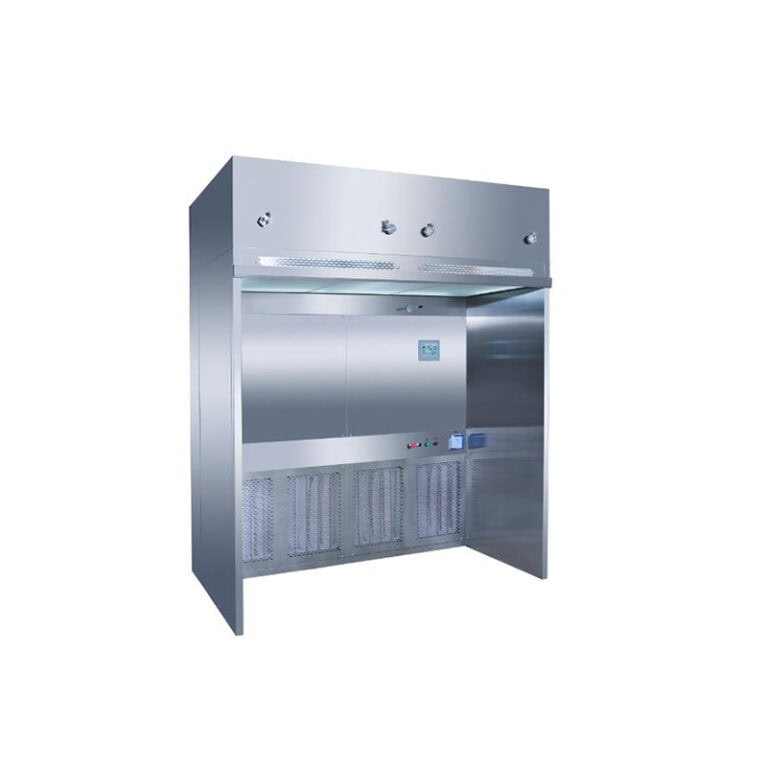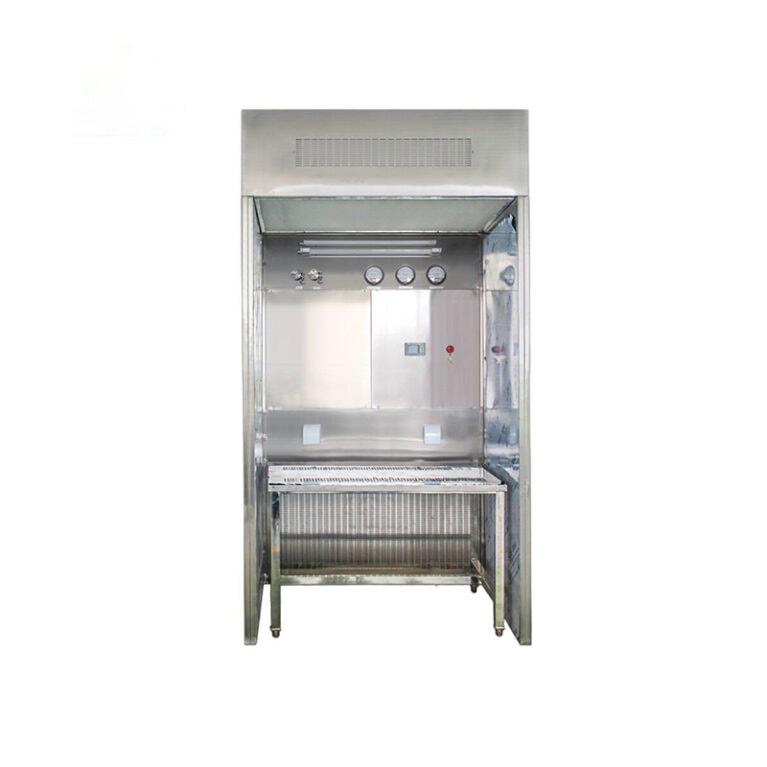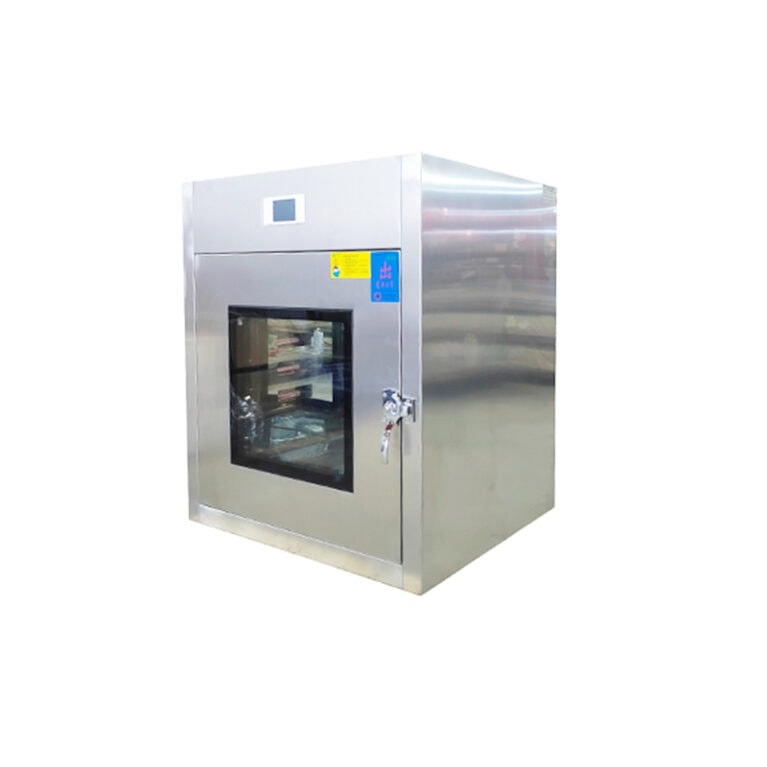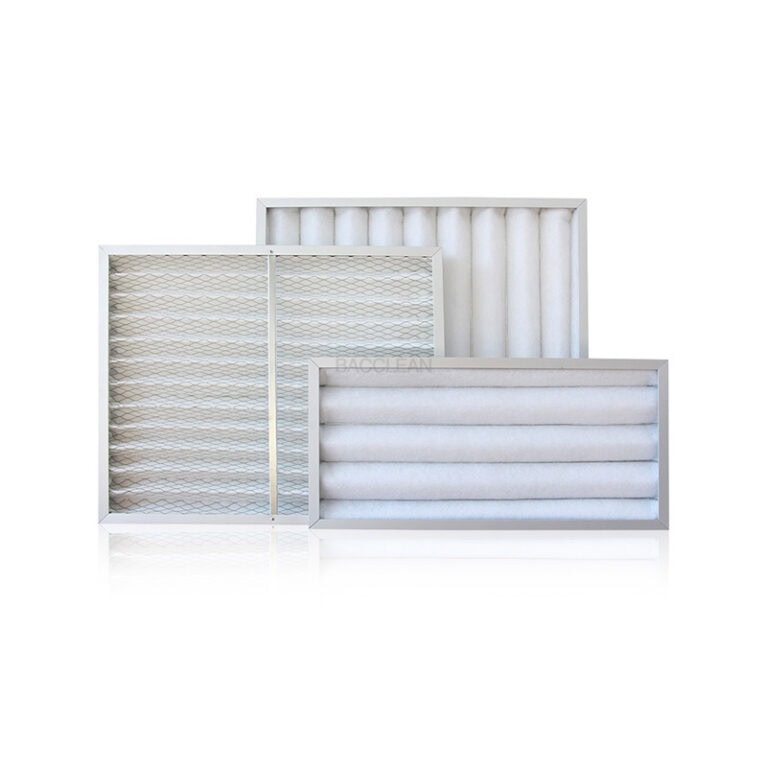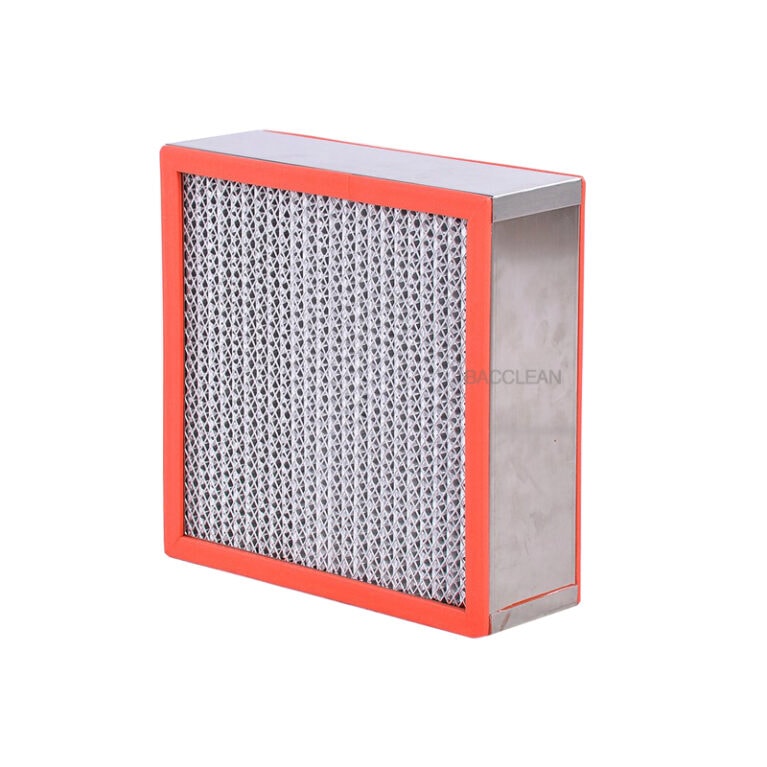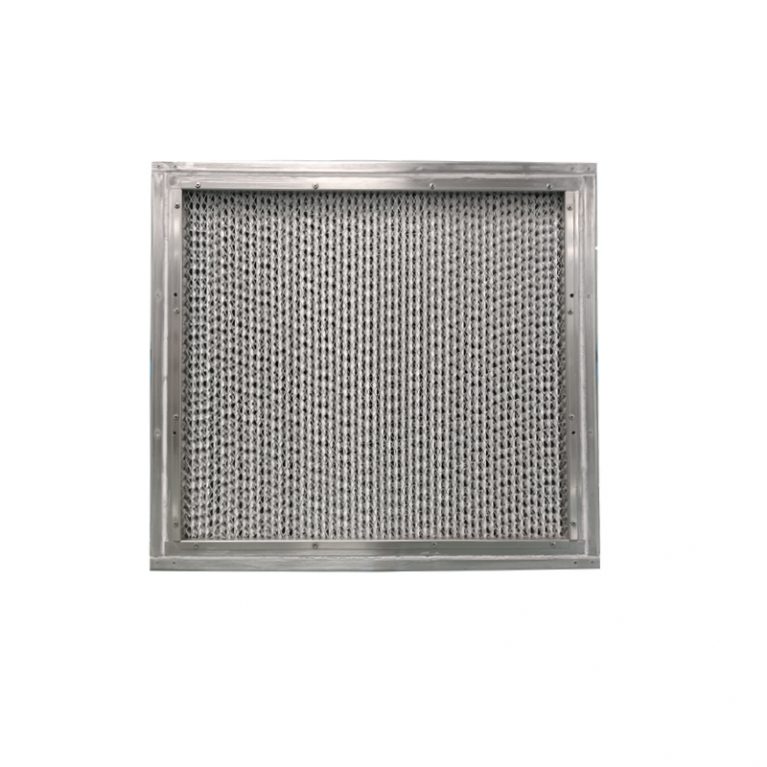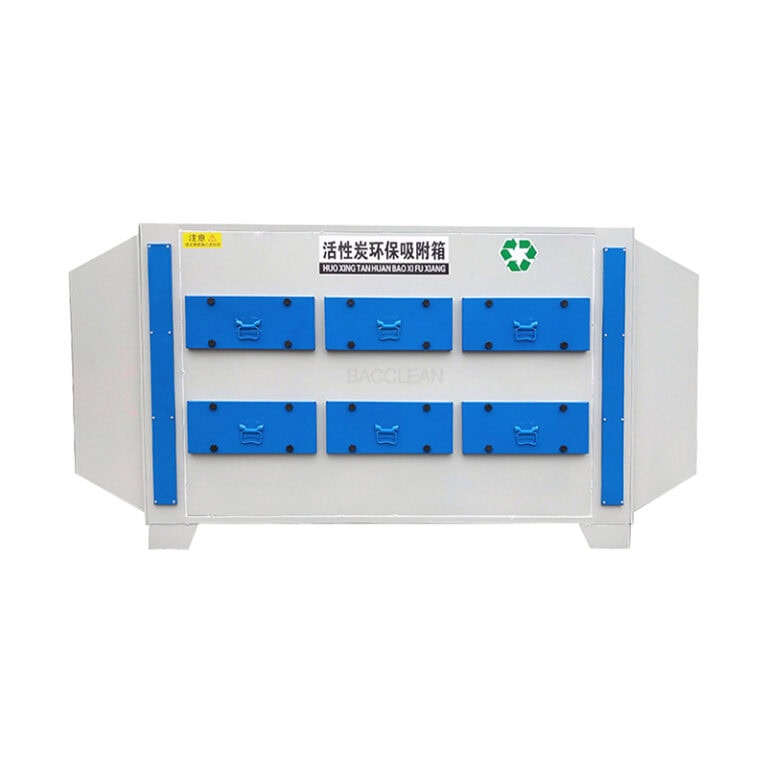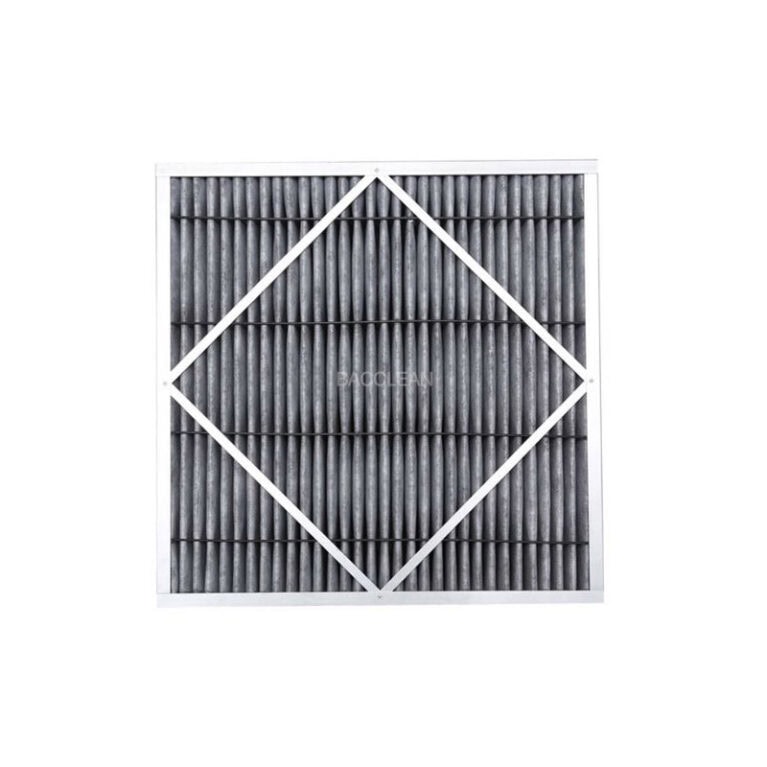As a key piece of equipment for material transfer in clean environments such as laboratories, pharmaceutical workshops, and electronic clean rooms, the daily maintenance of embedded transfer Windows must strictly follow the regulations to ensure cleanliness, prevent cross-contamination, and extend the service life of the equipment. The following are the core precautions for daily maintenance:
I. Precautions for Cleaning and Disinfection
Cleaning frequency and timing
After daily use, the internal cavity, door body, and handle should be cleaned. If it is used in high-risk scenarios (such as biological laboratories and aseptic pharmaceutical areas), disinfection should be carried out immediately after each material transfer.
Before cleaning, the power supply of the transfer window must be turned off to ensure that the ultraviolet lamp, fan, etc., are not running, avoiding electric shock or direct ultraviolet radiation damage.
Selection of cleaning tools and reagents
Dust-free cloths and special clean cloths should be used (avoid using ordinary cloths to prevent fiber shedding and contamination), and 75% medical alcohol, peracetic acid, or disinfectants that meet the on-site requirements (such as sporicides commonly used in pharmaceutical workshops) should be used.
Do not use corrosive cleaning agents (such as strong acids and strong alkalis) to avoid damaging the stainless steel inner walls, sealing strips, or electronic components of the transfer window.
Cleaning Operation Specifications
Wiping sequence: First, clean the inner walls (from top to bottom, from inside to outside), then clean the door body, handle, and sealing strip, and finally clean the ground around the outside of the transfer window.
The sealing strips need to be wiped carefully to remove any remaining material debris or stains, preventing external contamination from seeping in due to poor sealing.
Ii. Precautions for Equipment Function Inspection
Door body and sealing performance
Check the interlock function of the double doors every day: ensure that when one side door is opened, the other side door cannot be opened (if the interlock fails, it should be immediately stopped and repaired to prevent direct connection between the clean area and the non-clean area).
Check the sealing strip every week to ensure it is intact: whether there is any damage, aging, or detachment. If so, replace it with a sealing strip of the same specification in time (make sure the sealing surface is flat and the fit is tight).
If there is any jamming or abnormal noise when opening or closing the door, it is necessary to check whether the door shaft is loose or dusty. Add special lubricants (such as food-grade silicon-based lubricating oil) in time and clean the impurities.
Check the operation of the auxiliary system.
Ultraviolet lamp: Before daily use, make sure the lamp tube is lit normally. Check the surface of the lamp tube for dust every week (which affects the sterilization effect). Replace the lamp tube every 6 to 12 months (even if it is not damaged, the ultraviolet intensity will decline).
Fan and filter: Observe weekly whether the fan operates smoothly (without abnormal noise or vibration), and monitor the filter resistance through a differential pressure gauge (as mentioned earlier, if it exceeds the threshold, it needs to be replaced) to prevent fan overload damage.
Control panel: Regularly check if the buttons and indicator lights are sensitive and functioning properly. If any malfunction occurs, contact a professional for maintenance. Do not disassemble the circuit privately.
Iii. Safety and Environmental Precautions
Operational safety
It is strictly prohibited to convey materials that exceed the size or weight limit to avoid damaging the door structure or interlocking device.
When the ultraviolet lamp is turned on, it is strictly forbidden to open the transmission window or door (to avoid direct ultraviolet radiation on the human body and cause skin or eye damage). It is recommended to set up warning signs.
When cleaning or maintaining, power must be cut off, and a sign reading “Under maintenance, Do not close” should be hung to prevent misoperation.
Environmental adaptation
The surrounding environment of the transfer window should be kept clean and tidy, and no clutter should be piled up (especially in the clean area, which should comply with the 5S management requirements of this area).
If installed in a damp environment (such as a biosafety laboratory), it is necessary to regularly check whether there is rust on the surface of the equipment and promptly treat it with a special maintenance agent for stainless steel.
When not in use for a long time (more than one week), it is necessary to thoroughly clean and disinfect, then turn off the power and cover it with a dust cover to prevent dust accumulation inside.
Iv. Notes on Record-keeping and Traceability
Establish a maintenance ledger, detailing the time of each cleaning, disinfection, and component replacement (such as filters, ultraviolet lamps, and sealing strips), the operator, and the equipment status (such as differential pressure data and fault conditions).
Maintenance records should be archived for at least one year (for special industries such as pharmaceuticals, they need to comply with GMP requirements and be archived for a longer period), to facilitate the traceability of equipment operation history and problem investigation.
If the same fault is frequently found in the equipment (such as interlock failure, sudden increase in filter resistance), the cause should be analyzed promptly (such as deterioration of the surrounding environment, improper installation), rather than just making routine replacements.
By taking the above precautions, the clean function, operational safety, and service life of the embedded transfer window can be effectively guaranteed, and the risk of cross-contamination caused by equipment problems can be reduced.
